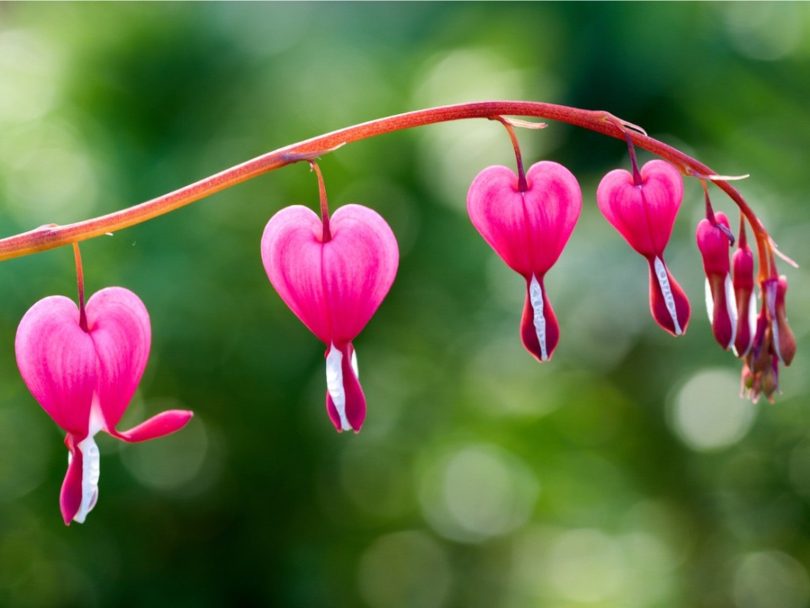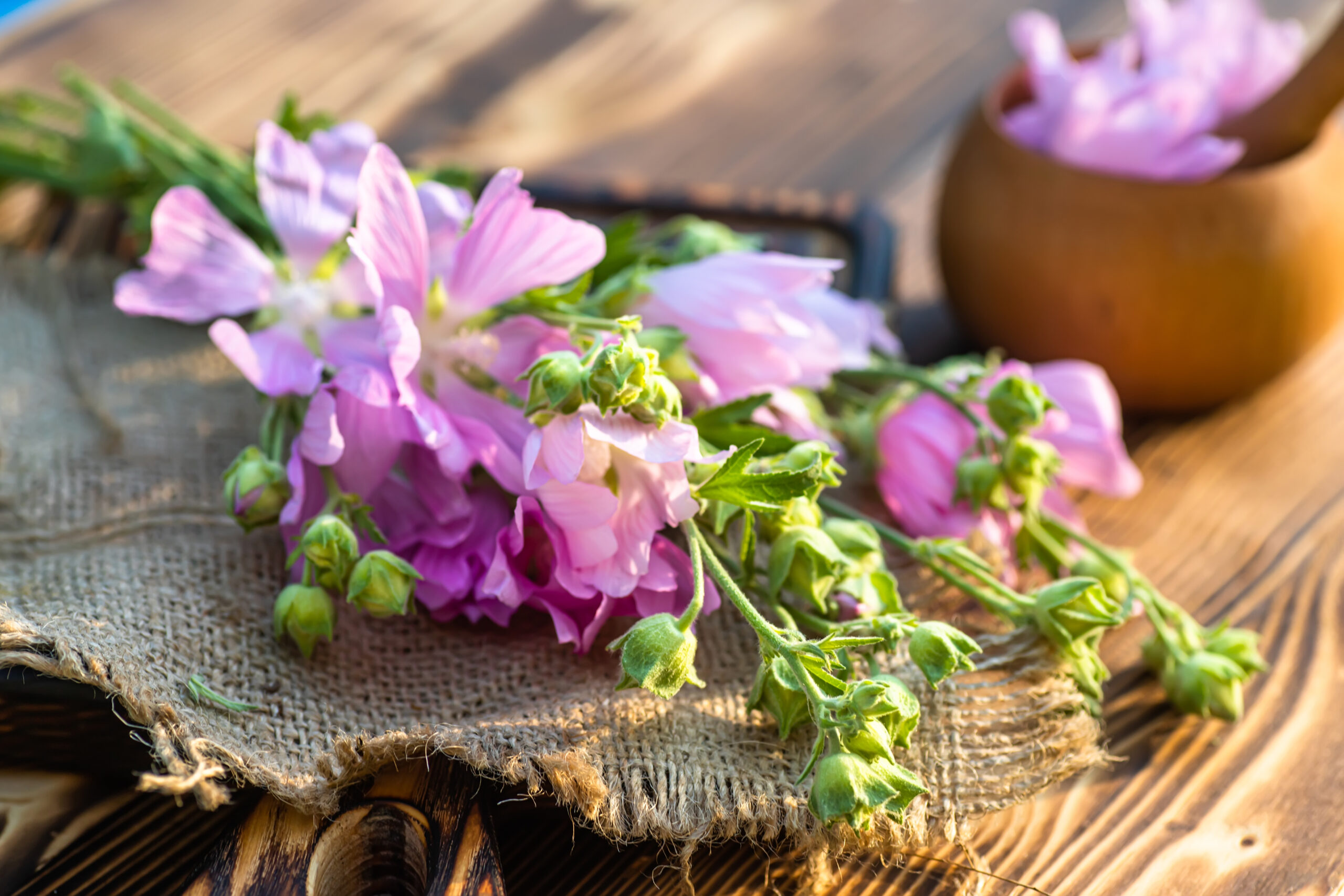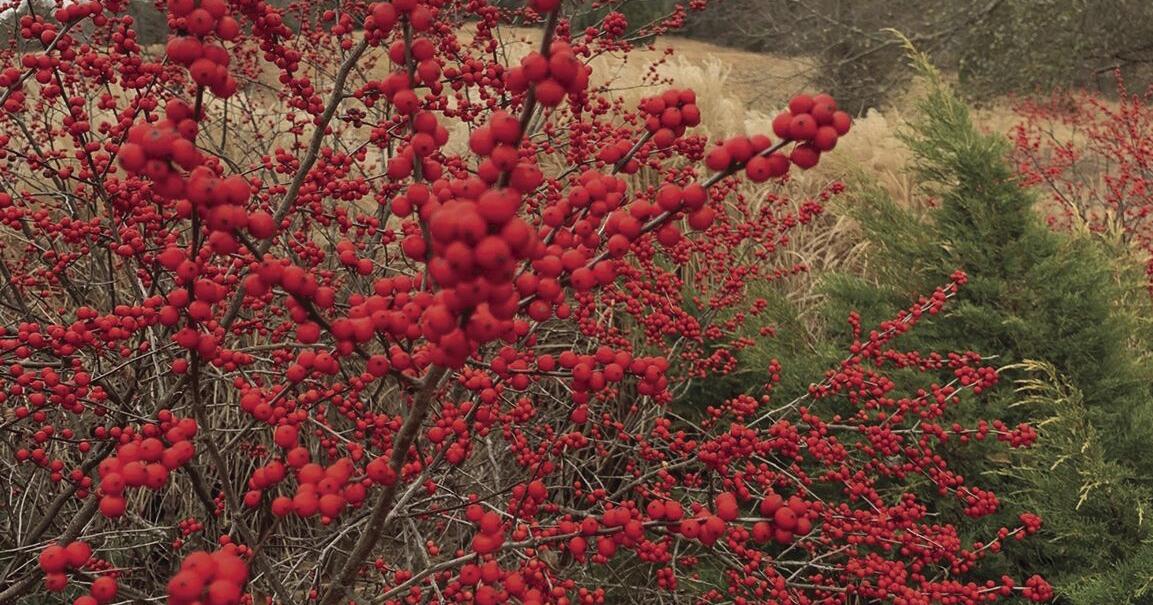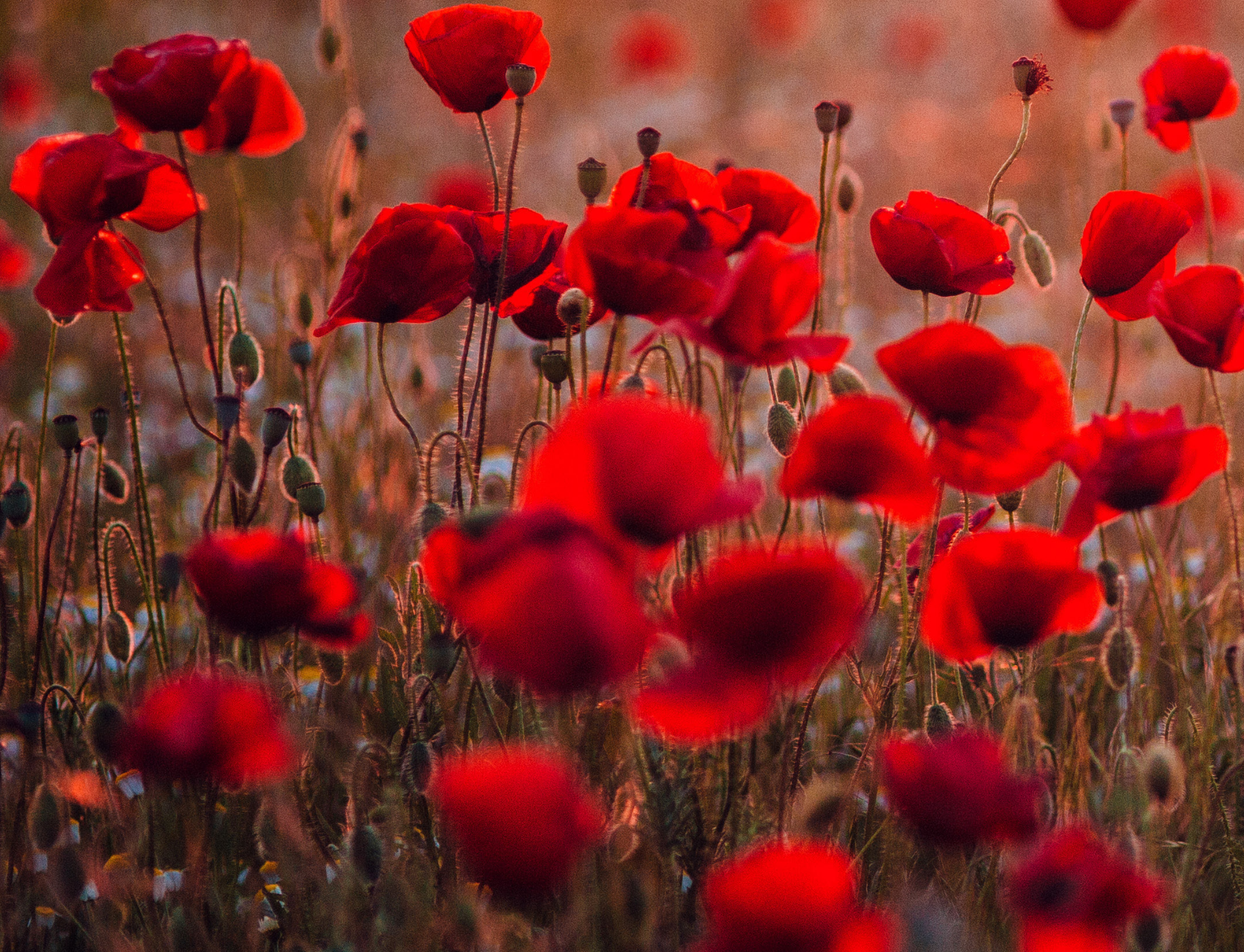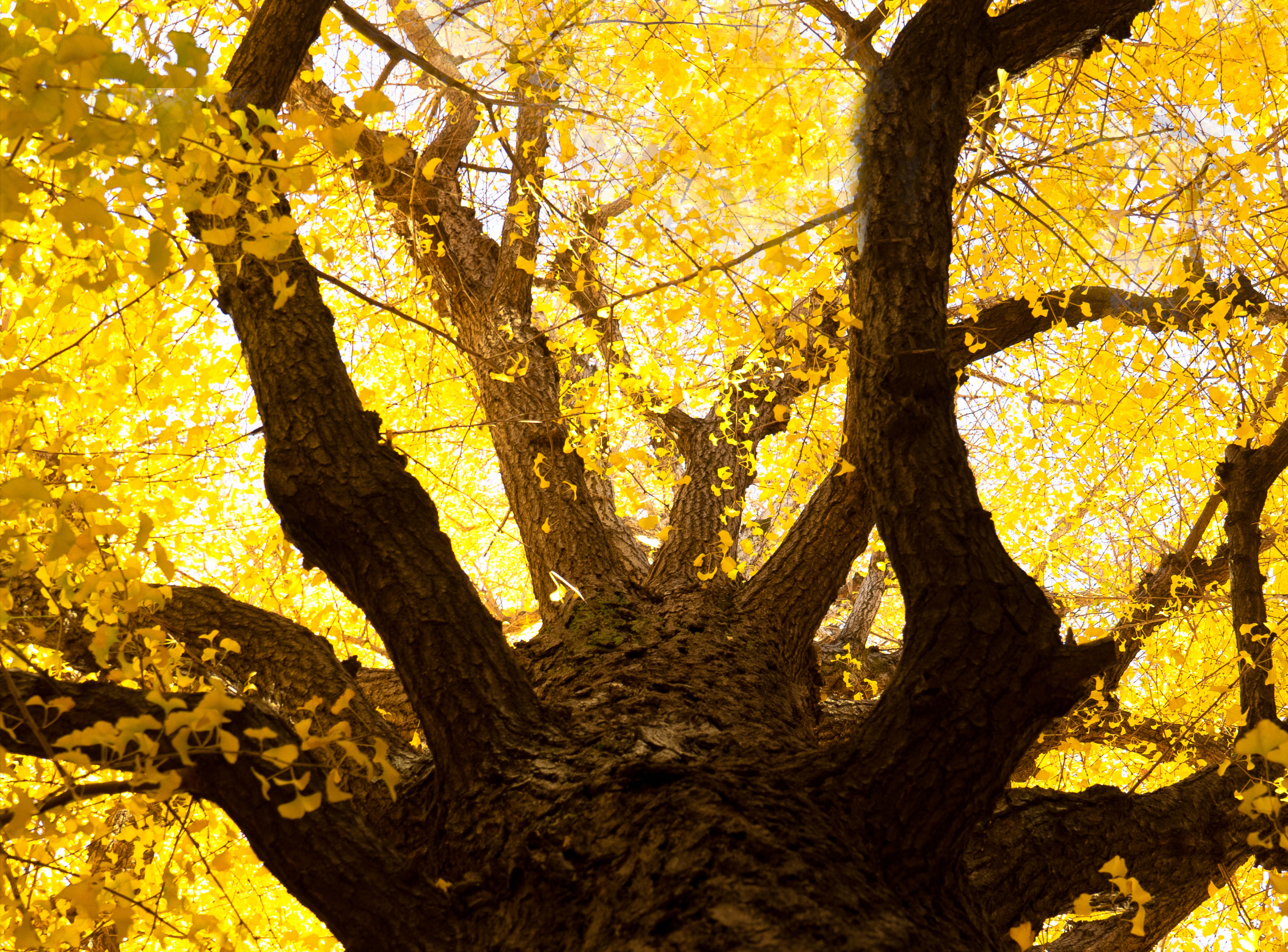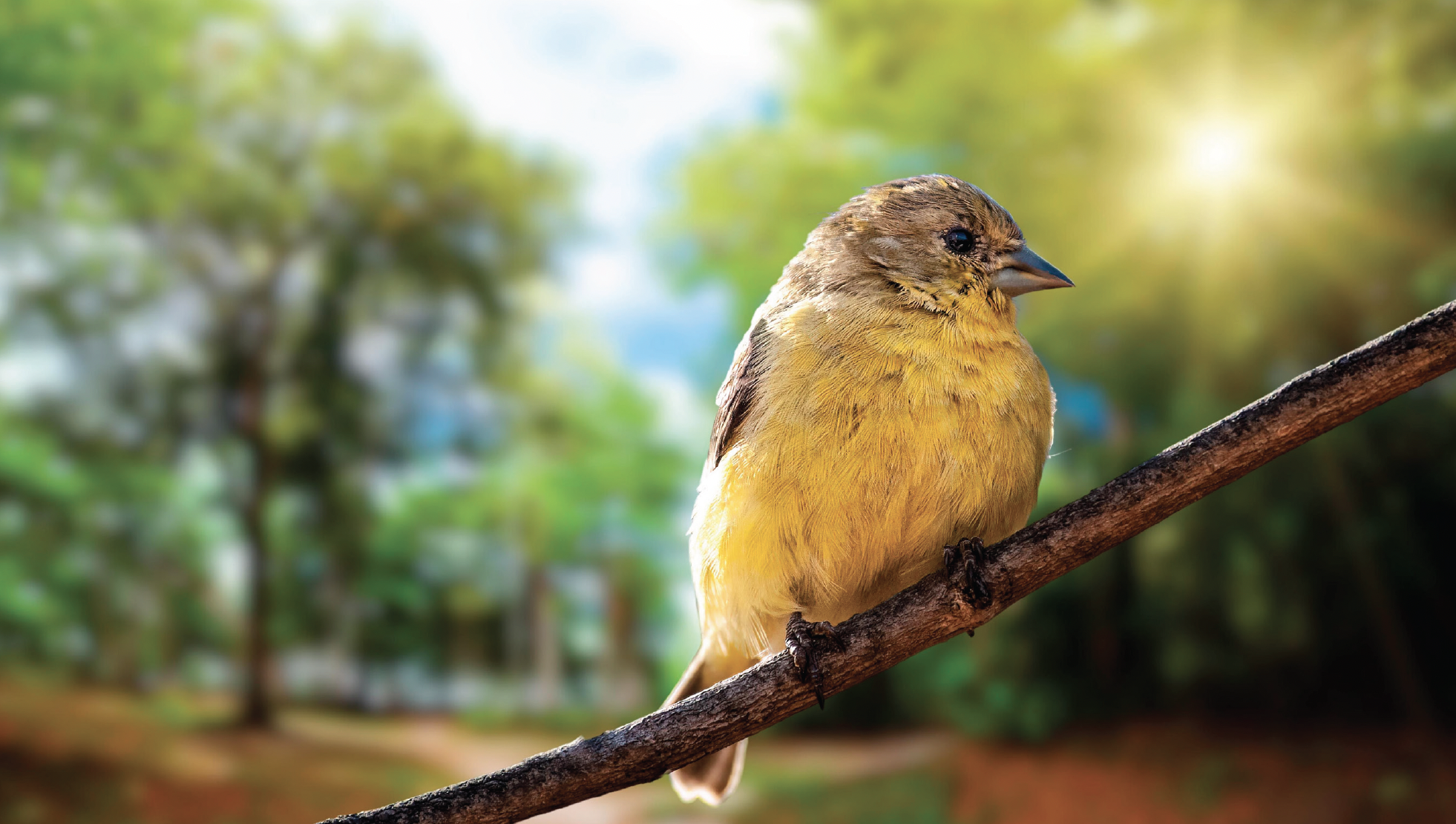I was sitting in a horticultural class when the person beside me said, “The one plant that I will never have in my garden is Bleeding Hearts, (Dicentra)”. He went on to relay that the name was very repulsive to him, and the thought of a bleeding heart made him shiver. I have always thought the common name was perfect. After seeing this plant in bloom, you will never forget the plant or the name.
Dicentra Spectabilis is an old-fashioned dependable perennial with arching sprays of dangling heart shaped flowers. In the spring they send up soft, bright green leaves. The blooms last only for a few weeks in March and April. This bushy plant grows between one and two feet tall. You can choose it in three colors; rosy-pink, rose-red and white. The whites are less robust than the pinks. After blooming the plant goes dormant and disappears until the following spring.
You can grow Bleeding Hearts in light to full shade in a site with moist well-drained soil that is rich in organic matter. Plant them in the spring. Handle the plants carefully to avoid breaking the rhizomes, and dig organic matter into the soil. Set the plant so that the crown is slightly above ground level and not covered with soil. You will want to mark the locations of your Dicentra since it will be dormant for almost 10 months.
They need minimal care through the season. These plants are not heavy feeders, but they do appreciate an annual top dressing with compost. When the foliage turns yellow, cut the plants to the ground. Once planted Bleeding Hearts are best left undisturbed. They can be divided in spring if they outgrow their site or if the clumps become woody and die out in the centers. Cut the woody crowns apart with a knife, making sure that each piece has healthy buds and roots. Discard the woody portion of the clump. Division is the best way to propagate.
In the landscape you can use them in a shade garden in combination with hostas, ferns, columbines and spring bulbs. Since this delicate beauty dies back early in the season, you might want to put it in the back of your flower bed. I have hardy phlox growing beside my Bleeding Heart and they cover nicely for the rest of the summer. My plants have been in place almost ten years and I delight at their return each spring. They are dependable perennials that won’t break your heart.



